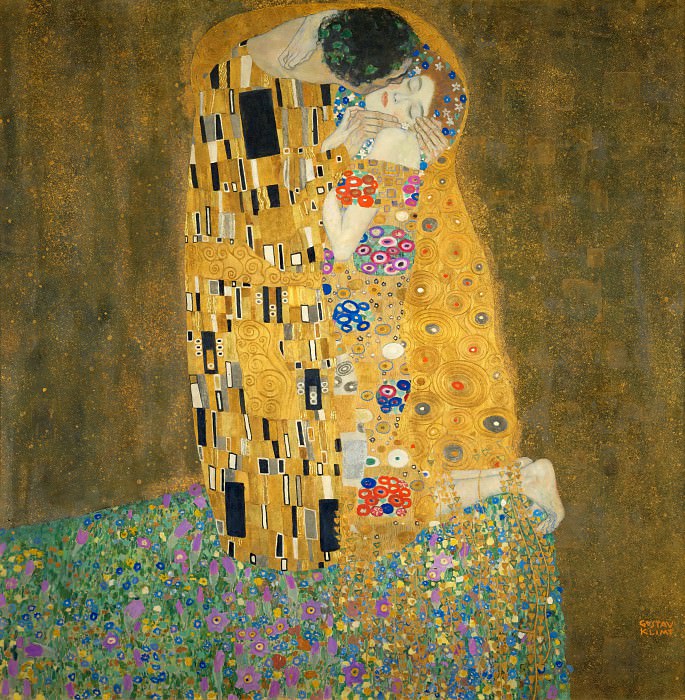Exploring the Intricate World of M.C. Escher's Art
Maurits Cornelis Escher, known as M.C. Escher, was a Dutch graphic artist renowned for his mathematically inspired artworks that captivate viewers with their intricate detail and optical illusions. His unique style blends realism with the surreal, creating impossible structures and exploring concepts of infinity and perspective. Escher's work has left a significant impact on both art and mathematics, influencing countless artists and scientists.
Early Life and Education
M.C. Escher was born on June 17, 1898, in Leeuwarden, Netherlands. From a young age, he displayed a keen interest in drawing and design, though his formal education was initially directed towards architecture. Escher attended the School for Architecture and Decorative Arts in Haarlem, where he studied under the guidance of his teacher, Samuel Jessurun de Mesquita. Despite his initial focus on architecture, Escher's passion for the graphic arts soon became apparent, leading him to switch his studies to focus on printmaking.
Development of Artistic Style
Escher's early works were heavily influenced by the landscapes and architecture of Italy, where he lived for several years. His travels throughout the country allowed him to capture the essence of Mediterranean towns and rural scenery, which he depicted in his prints with meticulous detail. It was during this period that Escher began to experiment with tessellations, exploring how shapes could fit together in a repetitive, interlocking pattern without gaps or overlaps.
Mathematical Influence
Escher's fascination with mathematics played a crucial role in the development of his distinctive style. Although he had no formal training in mathematics, his intuitive understanding of geometric principles enabled him to create artworks that challenged traditional perceptions of space and form. Escher's work often featured impossible objects, such as the Penrose stairs, where a continuous staircase appears to defy the laws of gravity by looping back on itself in an endless cycle.
Exploring Symmetry and Tessellation
One of the hallmarks of Escher's art is his exploration of symmetry and tessellation. He was particularly interested in the way shapes could transform and repeat, creating intricate patterns that mesmerize the viewer. In works like "Sky and Water I," Escher demonstrates his mastery of tessellation by gradually morphing birds into fish, seamlessly blending the elements of sky and water. This transformation not only showcases his technical skill but also reflects his philosophical musings on the interconnectedness of the natural world.
Optical Illusions and Impossible Realities
Escher's art is perhaps best known for its optical illusions and depictions of impossible realities. In "Relativity," for example, he creates a world where the normal rules of gravity do not apply, with figures walking on multiple planes of existence simultaneously. This print challenges the viewer to consider different perspectives and question their perception of reality.
Another iconic work, "Ascending and Descending," features an endless staircase that loops back on itself, creating a paradoxical structure that seems both possible and impossible. Escher's ability to play with perspective and create these visual paradoxes has earned him a unique place in the art world, blurring the line between art and mathematics.
Legacy and Influence
Escher's influence extends far beyond the realm of visual art. His work has inspired mathematicians, scientists, and even musicians, who have drawn upon his unique perspective to explore concepts of infinity, symmetry, and the nature of reality. His prints have been featured in numerous exhibitions worldwide, and his legacy continues to inspire new generations of artists and thinkers.
Conclusion
M.C. Escher's art is a testament to the power of imagination and the limitless possibilities of human creativity. Through his intricate designs and masterful use of mathematical principles, he has created a body of work that challenges our perceptions and invites us to see the world through a different lens. Escher's legacy endures, reminding us of the beauty and complexity that can be found in the intersection of art and mathematics.
In exploring the art of M.C. Escher, one cannot help but be drawn into a world where the impossible becomes possible, and the boundaries of reality are stretched to their limits. His work is not only a visual feast but also a profound commentary on the nature of existence and the human experience. As we continue to delve into his creations, we uncover new layers of meaning and inspiration, ensuring that Escher's art will remain a source of fascination and wonder for generations to come.




